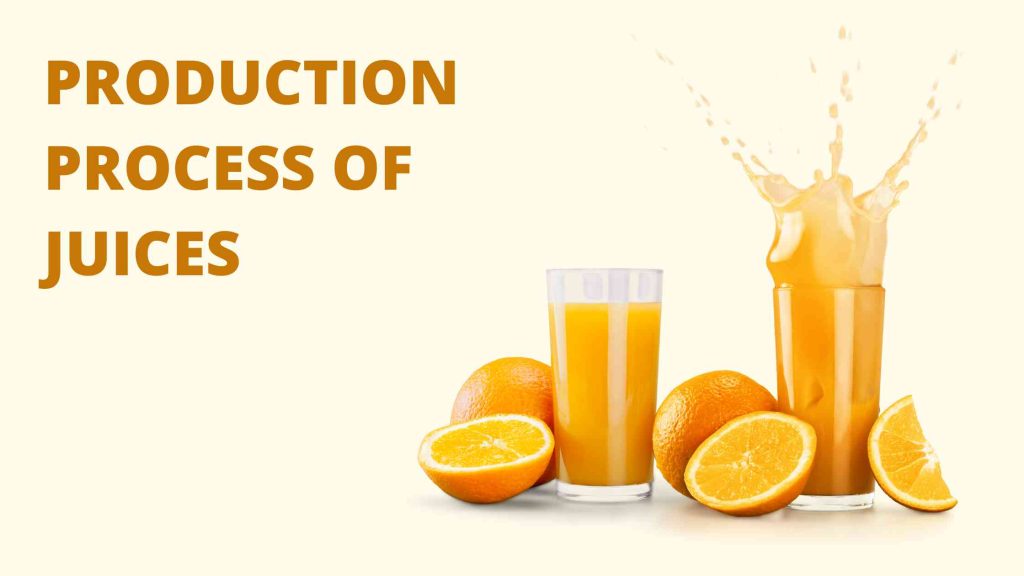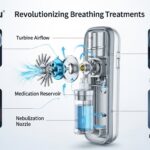Juice has become one of the most popular beverages worldwide, consumed by people of all ages for its flavor, convenience, and nutritional benefits. Behind every bottle of juice lies a carefully designed production process that ensures quality, safety, and consistency. From cleaning fresh fruits to sealing the final product, each step requires specialized equipment and precise control.
This article explores the complete juice production process—covering cleaning, extraction, pasteurization, and packaging—while also highlighting best practices and equipment considerations for businesses of all sizes.
Step 1: Cleaning the Fruits
Why Cleaning Is Essential
The juice production process begins with raw fruit, which often carries dirt, pesticides, microorganisms, and other contaminants. Cleaning ensures:
- Food Safety: Removing bacteria and residues prevents contamination.
- Quality Preservation: Clean fruits produce fresher-tasting juice.
- Equipment Protection: Eliminates foreign objects that could damage downstream machines.
Cleaning Equipment
- Fruit Washers: Bubble washers or brush washers remove soil and pesticides.
- Sorting Systems: Manual or automated conveyors for discarding spoiled fruits.
- Destoners/Peelers: For fruits like mangoes or peaches, stones and peels are removed before processing.
Key Considerations
- Use potable water for washing.
- Ensure proper drainage and waste removal systems.
- Sanitize equipment regularly to maintain hygiene.https://www.micetgroup.com/
Step 2: Extraction of Juice
Purpose of Extraction
Once fruits are cleaned, they must be processed into juice. Extraction is the most critical stage, determining juice yield, clarity, and flavor.
Pre-Extraction Preparation
- Crushing/Pulping: Fruits are broken down to increase surface area. Crushers and pulpers are commonly used.
- Enzyme Treatment (optional): Enzymes like pectinase help increase yield and clarity.
Extraction Methods
- Screw Press Extractors: A rotating screw presses juice from pulp.
- Belt Presses: Fruits are crushed and squeezed between belts, ideal for apples and berries.
- Hydraulic Presses: Use pressure plates, often for premium cold-pressed juices.
- Centrifugal Extractors: Spin fruits at high speed to separate juice from solids.
Factors Affecting Juice Quality
- Pressure and speed settings (too high may cause bitterness).
- Oxygen exposure (minimize to prevent oxidation).
- Temperature control during extraction.
Output
At this stage, juice is separated from pulp, seeds, and skin. Depending on the product, some pulp may be reintroduced for texture.
Step 3: Pasteurization for Safety and Shelf Life
Why Pasteurization Is Necessary
Fresh juice is highly perishable. Pasteurization involves heating juice to kill harmful microorganisms while preserving flavor and nutrients. This step ensures:
- Consumer Safety: Eliminates pathogens like E. coli or Salmonella.
- Extended Shelf Life: Prevents spoilage during storage and transport.
- Regulatory Compliance: Many regions mandate pasteurization for commercial juice.
Types of Pasteurization
- Batch Pasteurization: Small-scale, heating juice in tanks at 63–65°C for 30 minutes.
- Flash/HTST Pasteurization: High-Temperature Short Time (72–95°C for 15–30 seconds).
- UHT (Ultra-High Temperature): Up to 135°C for a few seconds, ideal for shelf-stable products.
Pasteurization Equipment
- Plate Heat Exchangers: Common for clear juices.
- Tubular Pasteurizers: Handle thicker juices or those with pulp.
- Holding Tubes: Ensure juice stays at the required temperature long enough for microbial kill.
Key Considerations
- Balance heat to avoid overcooking flavor.
- Monitor temperature/time precisely.
- Use CIP (clean-in-place) systems for hygiene.
Step 4: Packaging the Final Juice
Purpose of Packaging
Packaging ensures juice is preserved, protected, and presented attractively to consumers. It influences shelf life, brand image, and market positioning.
Common Packaging Formats
- Glass Bottles: Premium feel, good barrier properties, but heavier to transport.
- PET Bottles: Lightweight, cost-effective, widely used in mass markets.
- Cartons (Aseptic): Excellent for long shelf-life products; environmentally friendly options available.
- Pouches: Convenient and portable, increasingly popular in on-the-go markets.
Filling Machines
- Gravity Fillers: For thin juices without pulp.
- Pressure Fillers: For thicker juices or those with pulp.
- Aseptic Fillers: Sterile environment, ideal for long shelf life without preservatives.
Additional Packaging Steps
- Capping/Sealing: Prevents leakage and contamination.
- Labeling: Displays branding, nutritional facts, and legal compliance.
- Coding: Batch numbers and expiration dates.
- Secondary Packaging: Cartoning, shrink wrapping, and palletizing for distribution.
Integration of the Process: From Fruit to Bottle
When combined, the four steps form a continuous production line:
- Fresh fruits are washed and sorted.
- Clean fruits are crushed and juice is extracted.
- Extracted juice is pasteurized for safety.
- Pasteurized juice is packaged and sealed for distribution.
Modern production lines integrate automation, ensuring each step flows seamlessly into the next. This minimizes labor, maximizes efficiency, and maintains consistent quality.
Challenges in Juice Production
Despite technological advances, juice producers must manage several challenges:
- Maintaining Nutritional Value: Heat can degrade vitamins; optimization is key.
- Preventing Oxidation: Oxygen exposure alters taste and color.
- Balancing Cost vs. Quality: Higher-end processes like cold-press extraction and aseptic filling are more expensive.
- Regulatory Compliance: Different countries have strict labeling and processing requirements.
Why Micet’s Equipment Is the Right Choice
When setting up or upgrading juice production lines, Micet offers complete solutions covering all four steps of the process.
Micet’s Advantages
- Full-Line Solutions: Washers, crushers, extractors, pasteurizers, fillers, cappers, and labelers.
- Food-Grade Materials: Stainless steel equipment for hygiene and durability.
- Customization: Solutions for small-scale startups or large industrial operations.
- Efficiency: High juice yield and energy-saving designs.
- Global Standards: Compliant with CE, ISO, and HACCP requirements.
- Support: Installation, operator training, and after-sales service.
With Micet, producers gain not just machines but a partner committed to quality and scalability.
FAQs
1. Why is pasteurization necessary in juice production?
Pasteurization kills harmful microorganisms, ensuring consumer safety and extending shelf life. Without pasteurization, juice spoils quickly and may pose health risks.
2. What type of packaging is best for juice products?
The choice depends on your target market. Glass bottles suit premium juices, PET bottles are cost-effective for mass markets, cartons are ideal for shelf-stable products, and pouches work well for convenience-oriented consumers.
3. Can Micet provide a complete juice production line?
Yes. Micet supplies turnkey solutions covering cleaning, extraction, pasteurization, and packaging. They also provide installation, training, and ongoing technical support.






